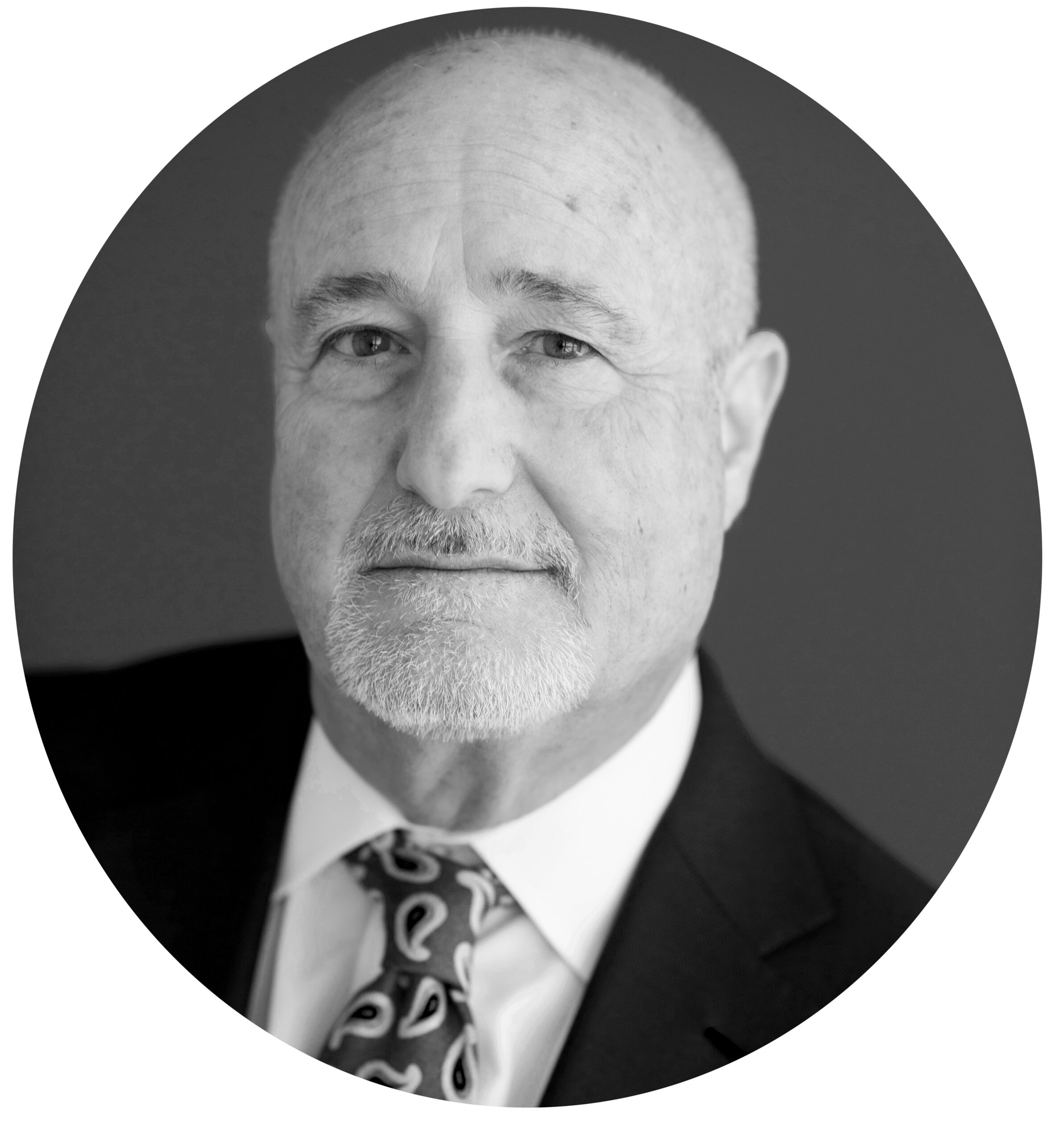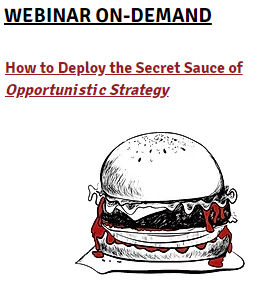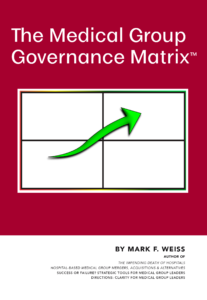Frédéric Bastiat, the 19th Century French political economist, saw it clearly in 1850. Today’s politicians and so-called patient advocates, not so much.
In his famous essay, That Which is Seen, and That Which is Not Seen, Bastiat explained that governments legislate to correct a problem (and then bask in the glory of having taken action) but never truly consider what problems they create when they enact the legislation to correct the problem. In other words, politicians act based on what is seen (the initial “problem” and the easily seen “solution”) but do not pause to consider the potential damage that their actions will later cause, that which is not seen.
Over the past several years, so-called patients’ rights protestors, and, if anyone were looking, insurance companies, advocated against the claimed evils of “surprise medical billing” the situation in which, in its purest form, involves a patient’s receipt of a full UCR bill from out-of-network hospital-based physicians in connection with surgery by an in-network surgeon at an in-network hospital.
The “solution”, which varies slightly state by state and is also the subject of federal legislation, is to impose a requirement on the out-of-network physicians to accept a purported “fair fee” arrived at by reference to average contracted rates.
But, of course, the devil is in the details.
As I pointed out years ago when legislation of this ilk first surfaced in California, there’s nothing inherently fair in this notion of paying a purported “fair fee”. If there were, insurers would never have been in favor of it.
As I pointed out at the time, there are multiple reasons why a group might be out-of-network such as the fact that the carrier has narrowed their network and refuses to contract with them, or the rates that the carrier offers are so much lower than prior rates, that they are completely unacceptable. Additionally, as I’ve seen myself, in connection with contract renewal negotiations, carriers threaten groups to take significant cuts or they will be thrown out-of-network and forced them to accept “fair rates” which are even lower. Carrying though with that threat and generally narrowing networks seeds the data that will later be used to determine “fair rates”. In other words, if a carrier tosses every group with high rates out of its network, the geographic average rate becomes low, with a spiraling tail effect.
In fact, as I argued years ago and as I argue now, the entire point of surprise medical billing legislation, from the insurers’ point of view, likely unseen (but who knows) by the political class, was to force more physicians out-of-network, the very “wrong” that the legislation claims to cure.
Of course, life is even more complicated than this, as two lawsuits filed last week by U.S. Anesthesia Partners (“USAP”) against UnitedHealthcare (“UHC”) demonstrate.
Not only did UHC demand significant cuts from USAP in connection with contract renewal, UHC, through its various operating units, is itself in the anesthesia business.
USAP claims that UHC is squeezing them from all angles, “like a boa constrictor”. It claims that UHC is engaging in a group boycott and that it’s using unlawful tactics and pressure campaigns, even “bribing” surgeons to steer patients away USAP, which is now out-of-network in Texas and Colorado.
As might be expected, UHC, in statements reported by the New York Times, maintains that the suits are “just the latest example of the group’s efforts to pressure us into agreeing to its rate demands and to distract from the real reason that it no longer participates in our network” and that private equity backed groups “expect to be paid double or even triple the median rate we pay other physicians providing the same services.”
Interestingly, both USAP and UHC appear to be leveling antitrust type claims against one another. UHC’s statements include allegations that USAP is using its market power to demand outsized reimbursement. And USAP appears to be alleging that UHC’s horizontal structure (an insurer, a facility owner, and a physician practice owner), allows it to exert improper power over rates paid. Last but by far not least, both USAP and UHC might be courting potential danger. The Biden administration has signaled a much tougher stance in connection with both horizontal (same market consolidation, such as USAP’s market growth in anesthesia) and vertical (different market consolidation, such as UHC’s growth in health coverage, facilities, and physician services) antitrust enforcement. Their highly public spat is likely to draw enforcement attention. And, either or both might entertain “dropping the dime” on the other, only to have the call ring back on themselves.





